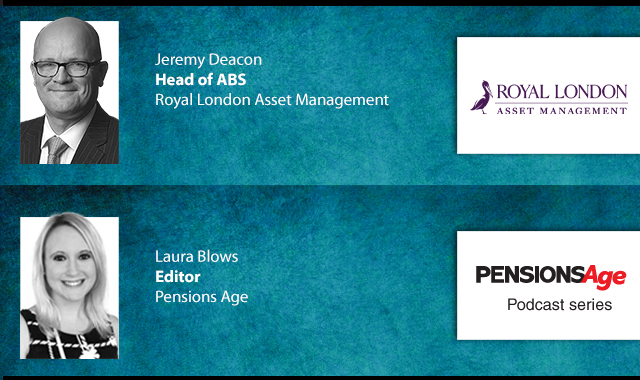Royal London has published its first Climate Transition Plan, which outlines four key areas of action to support its climate commitments.
The action areas are stakeholder engagement, portfolio emissions reduction, climate-aware investment solutions, and operational emissions management.
With this in mind, the plan sets out a roadmap for the company to evolve its operations, investments, and policies, supporting a low-carbon, climate-resilient future that delivers positive customer outcomes while aligning with the goals of the Paris Agreement.
The report also provided an update on the firm’s progress on its climate targets.
As of 31 December 2024, the carbon footprint of its corporate fixed income and listed equity
portfolio had decreased by 35 per cent since 2020.
Its Scope 1 and Scope 2 location-based emissions have decreased by 68 per cent since 2019, and its non-investment value chain Scope 3 emissions have declined by 47 per cent since 2019.
Meanwhile, the mutual fund is intensifying its engagement with investee companies, policymakers, and suppliers, aiming to influence 70 per cent of its financed emissions and 80 per cent of supplier emissions by 2030.
In parallel, it is pursuing low-emission investment strategies and strengthening its approach to high-emission sectors, including the fossil fuel sector.
Looking ahead, Royal London said it would be expanding its range of climate-aware investment products, enabling customers and clients to support the low-carbon transition.
Commenting on the report, Royal London head of group sustainability and stewardship, Jo Walker, said: “As the UK government consults on mandating climate transition plan disclosures, we are already clear in our expectations: the companies we invest in should have credible climate transition plans—particularly those with the greatest carbon footprints.
“Our engagement focuses not just on the existence of these plans but on their quality and consistent delivery,” she added.
Walker emphasised that the firm was committed to implementing its own climate strategy and contributing to the transition to a more sustainable world.
“The journey to net zero is complex, but our Climate Transition Plan sets out a clear roadmap—demonstrating how we will navigate key dependencies and meet our climate goals,” she continued.
“It reaffirms our commitment to driving real-world change that benefits our customers, our stakeholders and, importantly, society at large.”
Latest News
-
Minimal changes expected to AS TM1; final UK Stewardship Code guidance shared
-
Low earners face 'double-edged' pension challenge
-
LGPS Central AUM to top £100m as six funds confirm plans to join
-
Blog: Delivering a pension treat, not trick
-
FCA review highlights need for effective management in push for consolidation
-
This week in pensions: 27-31 October 2025
Private markets – a growing presence within UK DC
Laura Blows discusses the role of private market investment within DC schemes with Aviva Director of Investments, Maiyuresh Rajah
The DB pension landscape
Pensions Age speaks to BlackRock managing director and head of its DB relationship management team, Andrew Reid, about the DB pensions landscape
Podcast: Who matters most in pensions?

In the latest Pensions Age podcast, Francesca Fabrizi speaks to Capita Pension Solutions global practice leader & chief revenue officer, Stuart Heatley, about who matters most in pensions and how to best meet their needs
Podcast: A look at asset-backed securities

Royal London Asset Management head of ABS, Jeremy Deacon, chats about asset-backed securities (ABS) in our latest Pensions Age podcast
© 2019 Perspective Publishing Privacy & Cookies










Recent Stories